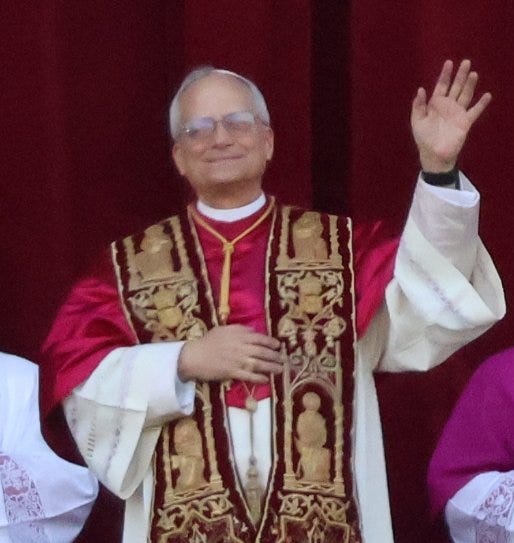The Papacy: A Historical Perspective on Sexuality and Celibacy
The Truth About the Pope that the Vatican Doesn't Want You to Know 🔗

Historical perspectives reveal that the papacy was once closely tied to explicit sexuality, contrasting sharply with today's celibate norms. The title "pope," derived from the Italian "Il Papa" or "The Daddy," reflects this sexual connotation, which has largely been overlooked in modern interpretations. Historical instances, such as the notorious Cardinal Rodrigo Borgia, suggest that popes were once evaluated on their sexual fitness, emphasizing a more literal interpretation of the papal role as a father figure. Additionally, symbols like the mitre and papal staff have phallic origins that underscore this connection. The shift towards celibacy in the Church has had profound implications, including a troubling history of sexual abuse, which remains inadequately addressed.
- The papacy historically embraced a sexual identity, contrasting with modern celibacy.
- The term "pope" and related titles have sexual connotations that are often ignored.
- Historical figures like Cardinal Borgia exemplify the previous expectations of sexual virility in popes.
- Papal vestments, such as the mitre, carry phallic symbolism, linking them to masculinity and power.
- The Church's move towards celibacy has coincided with serious issues of sexual abuse.
What does the term "Il Papa" mean in Italian?
"Il Papa" translates to "The Daddy," highlighting the historical sexual connotation associated with the papacy.
How has the perception of the pope changed over time?
Historically, popes were viewed as sexually active figures, but the Church has since adopted a celibate stance, which has led to various complications, including abuse scandals.
What symbolic meanings are associated with papal vestments?
Many papal vestments, like the mitre, have phallic origins, signifying masculinity and authority, contrasting with the current image of the pope as a celibate figure.